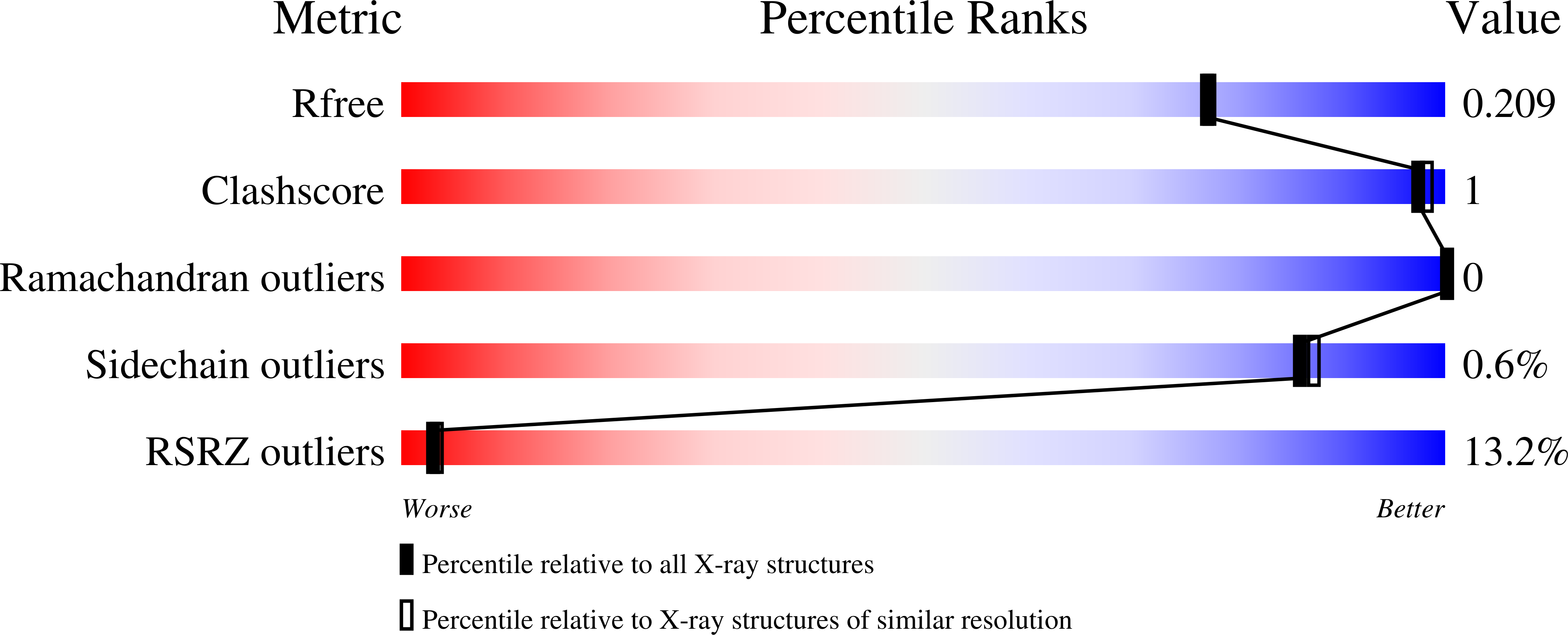
Deposition Date
2023-11-16
Release Date
2024-08-21
Last Version Date
2024-10-02
Entry Detail
PDB ID:
8UZT
Keywords:
Title:
Mitochondrial single-stranded binding protein bound to DNA
Biological Source:
Source Organism:
Homo sapiens (Taxon ID: 9606)
synthetic construct (Taxon ID: 32630)
synthetic construct (Taxon ID: 32630)
Host Organism:
Method Details:
Experimental Method:
Resolution:
1.90 Å
R-Value Free:
0.20
R-Value Work:
0.18
R-Value Observed:
0.18
Space Group:
P 43 2 2


